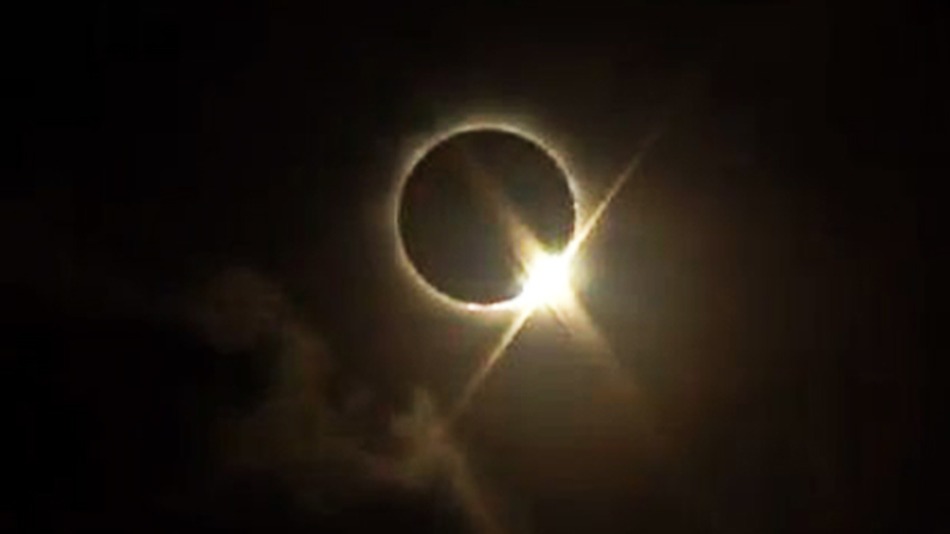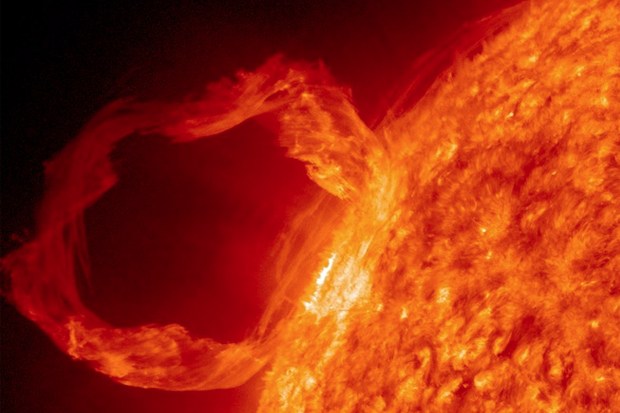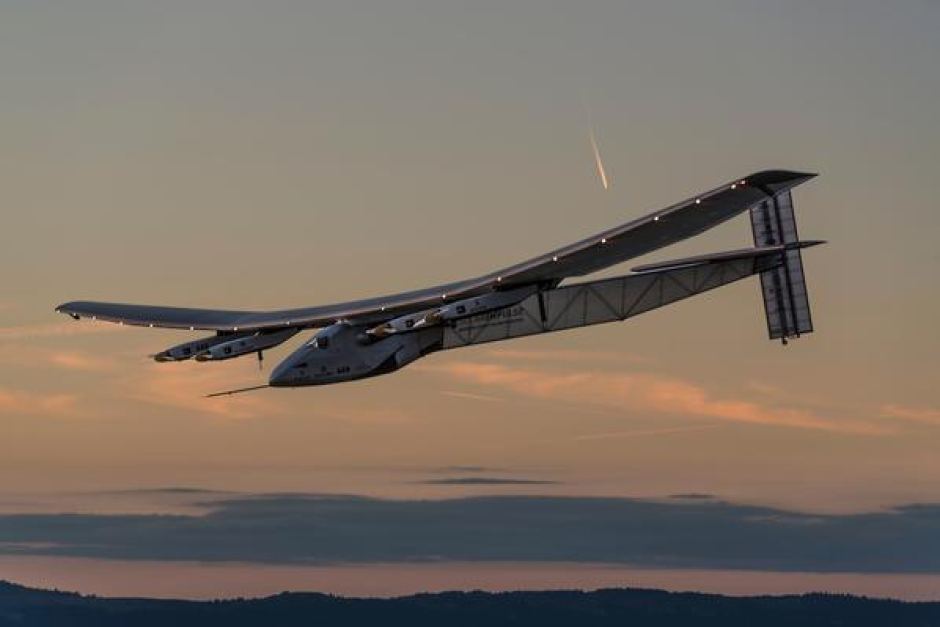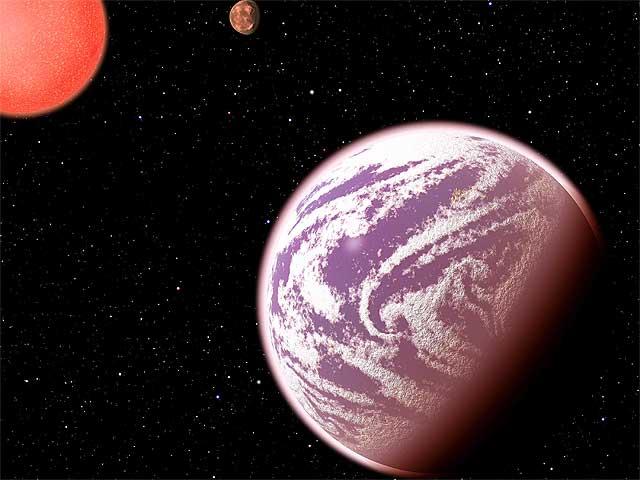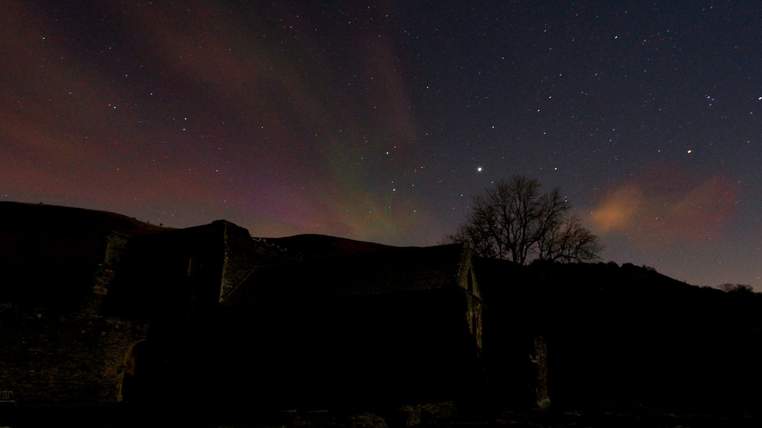Spring Equinox
The equinox will also happen on March 20. While it won’t have any discernable, direct impact on how the solar eclipse looks, it will contribute to a rare collision of three unusual celestial events.
On March 20, the Earth’s axis will be perpindecular to the sun’s rays — which only happens twice a year, at the two equinoxes. After that, it will start tipping over, making the days longer in the northern hemisphere.
As such, the equinox has long been celebrated as a time of beginning and renewal, by a number of historic cultures, and is linked to Easter and Passover.
The equinox will happen at the same time as a solar eclipse in 2053 and 2072, though it doesn’t always appear as close together as that.
The March equinox marks the moment the Sun crosses the celestial equator – the imaginary line in the sky above the Earth’s equator – from south to north. This happens on March 19, 20 or 21 every year.
That’s true no matter where you live on Earth, because the sun shines on the celestial equator – Earth’s equator projected onto the great dome of sky – as seen from everywhere around the globe.
The equinox represents a point on Earth’s orbit, but it’s also an event that happens on the imaginary dome of Earth’s sky. It marks that special moment when the sun crosses the celestial equator going from south to north. The imaginary celestial equator is a great circle dividing the imaginary celestial sphere into its northern and southern hemispheres. The celestial equator wraps the sky directly above Earth’s equator, and at this equinox, the sun crosses the celestial equator, to enter the sky’s northern hemisphere. All these components are imaginary, yet what happens at every equinox is very real – as real as the sun’s passage across the sky each day and as real as the change of the seasons.
No matter where you are on Earth (except the North and South Poles), you have a due east and due west point on your horizon. That point marks the intersection of your horizon with the celestial equator – the imaginary line above the true equator of the Earth.
At the equinoxes, the sun appears overhead at noon as seen from Earth’s equator, as the illustration at left shows. This illustration (which is by Tau’olunga) shows the sun’s location on the celestial equator, every hour, on the day of the equinox.
That’s why the sun rises due east and sets due west for all of us. The sun is on the celestial equator, and the celestial equator intersects all of our horizons at points due east and due west.
This fact makes the day of an equinox a good day for finding due east and due west from your yard or other favorite site for watching the sky. Just go outside around sunset or sunrise and notice the location of the sun on the horizon with respect to familiar landmarks.
If you do this, you’ll be able to use those landmarks to find those cardinal directions in the weeks and months ahead, long after Earth has moved on in its orbit around the sun, carrying the sunrise and sunset points northward.
Tags: astronomical spectacle, Earth, solar eclipse, spring equinox



